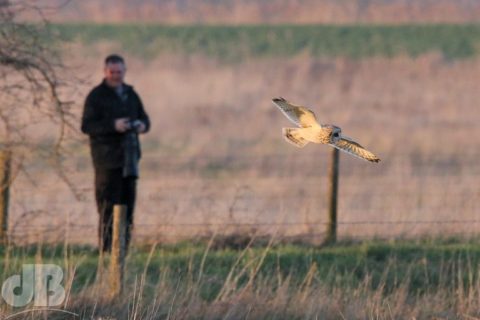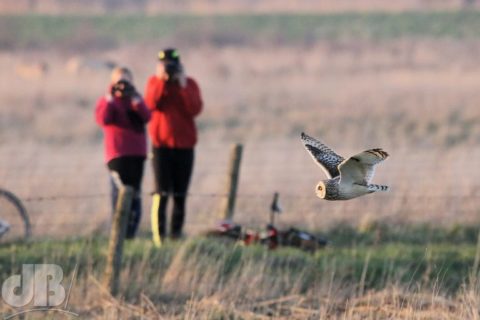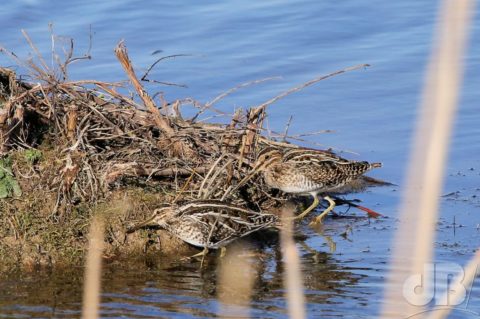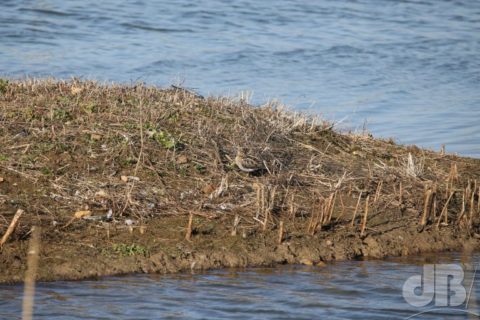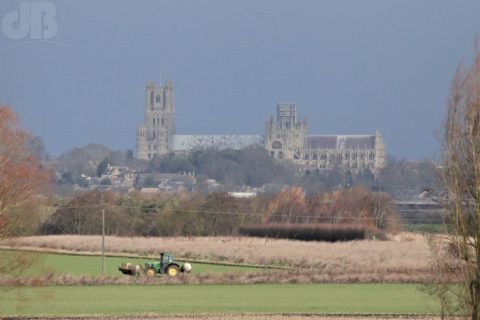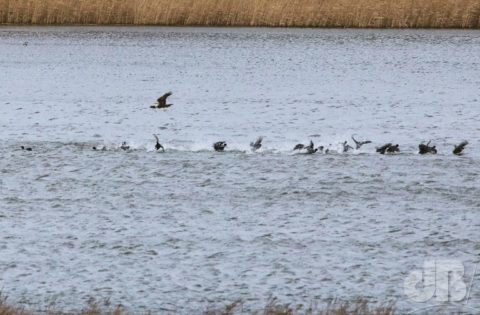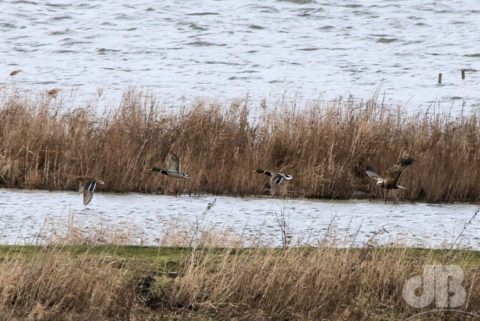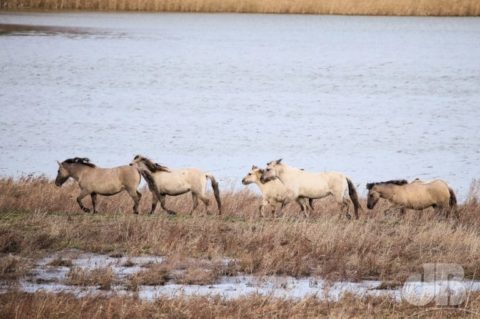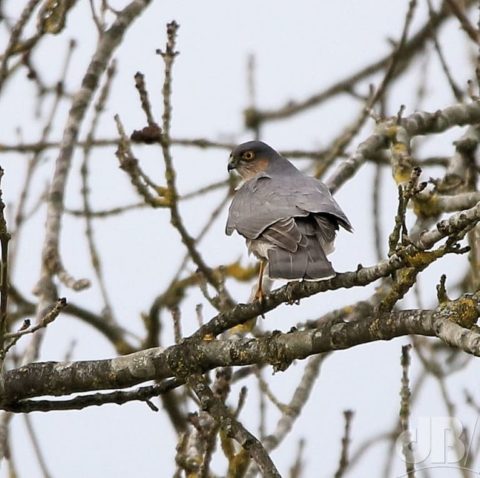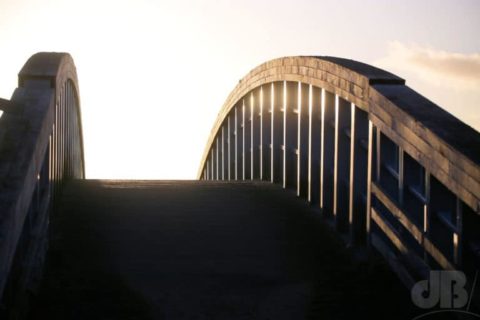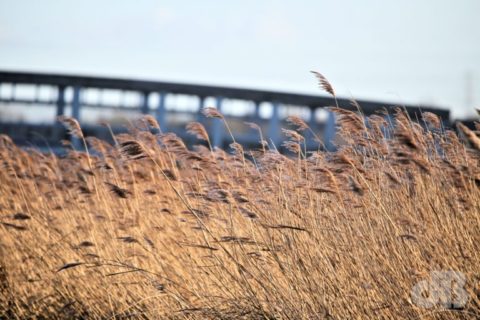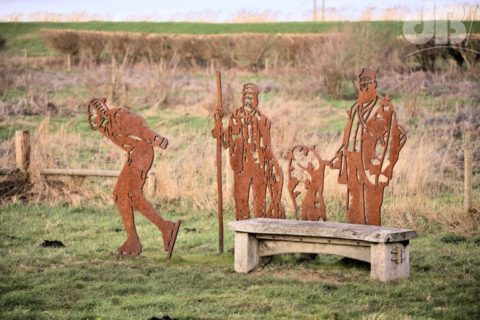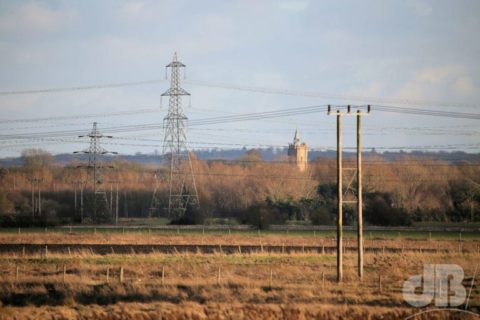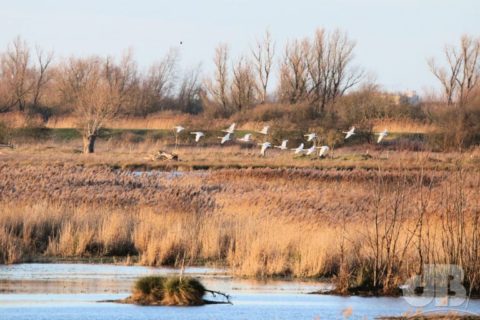UPDATE: 5th November 2025, as I understand it from RSPB’s Rachel there are 85 Cranes on the Ouse Washes. 7th November, 83 reported on Welney.
UPDATE: 21st October 2023 68 now being reported at RSPB Ouse Washes
UPDATE: Species numbers seem to be on the up in East Anglia, with 60+ now as opposed to the 38 or so I first mentioned in the region. Spotted two at RSPB Ouse Fen (Earith) on the dogwalkers’ trail on 17th March 2022, having had a tipoff from Andy Hoy who had seen them on that patch several times for the preceding week or so.
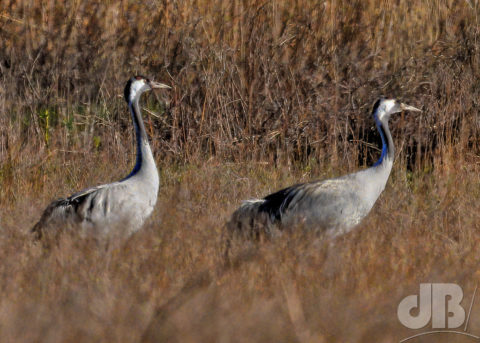
Given this blog post’s title, if you didn’t know me better you might have thought I was going to discuss the interminable civil engineering and construction work that is going on in our vicinity – the construction of the new town of Northstowe and the widening of the A14 road.
But, no the topic is the avian Crane – specifically, the Common Crane (Grus grus). The bird whose scientific name simply means Crane crane, coming from the Latin for crane, funnily enough. It’s another tautonym where that means the name is doubled up to represent the archetype of the family.
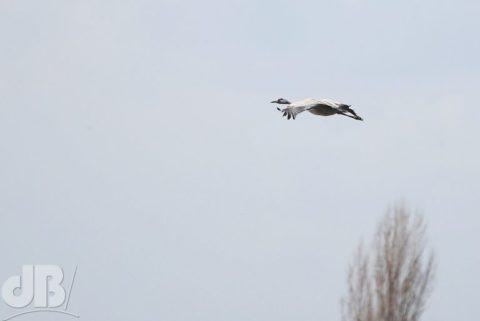
Anyway, there are several dozen Common Cranes that spend their time flying between various sites and their surroundings around East Anglia – Namely: RSPB Lakenheath, WWT Welney, RSPB Nene Washes and RSPB Ouse Washes, RSPB Ouse Fen, RSPB Fen Drayton Lakes, Kingfisher’s Bridge Nature Reserve and nearby NT Wicken Fen. Presumably, once airborne, these large and graceful birds can survey a large area of the flatlands and head for whichever patch of wetland they fancy for any given period. I’ve seen them and photographed them from a distance at several of the spots mentioned above.
The largest number I’ve seen at one time is 37, I believe, but proper birders tell me that there are some 45 around and that there may well be at least one courting pair, which is good news for a species that was extirpated from the British Isles by the 17th Century. There is also a tiny breeding population in the Norfolk Broads and the bird was reintroduced to the Somerset levels in 2010.
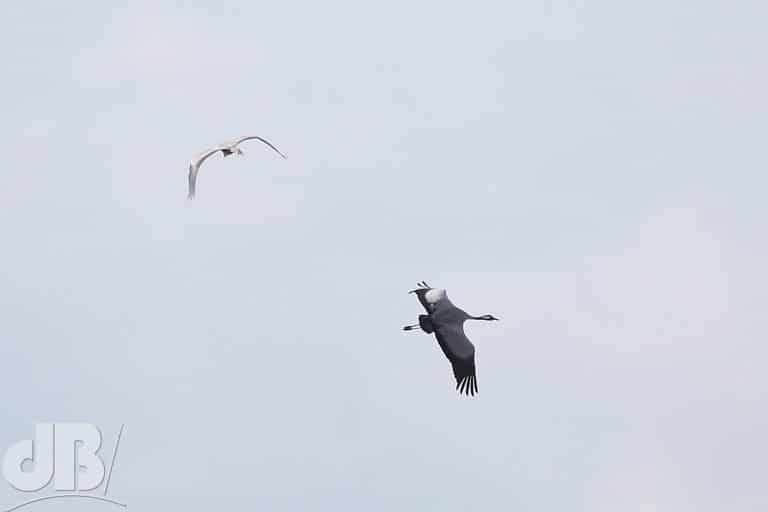
Today, at least two were dithering about which direction to take over RSPB Ouse Fen (which nestles between the South Cambridgeshire villages of Needingworth, Bluntisham, and Over. It’s a converted gravel quarry site split in two by the River Great Ouse (a tautonym itself given that ouse simply means river, as does the word avon). A large part of this patch land is still active quarry, presumably providing gravel and sand for the aforementioned construction work.
I was walking the Reed Bed Trail, which is on the Over side of the river. Having seen 4-5 Marsh Harriers, a Snipe, and a Green Sandpiper, I was heading back to the car when a couple of birds almost as big as swans came into view, veering back and forth until they went out of sight. They were Common Cranes. Anyway, you might spot these large birds flying over any of the countless fens as they hop between feeding grounds and putative nesting sites.
Not to be confused with that far more common fenland icon, the Grey Heron (Ardea cinerea).
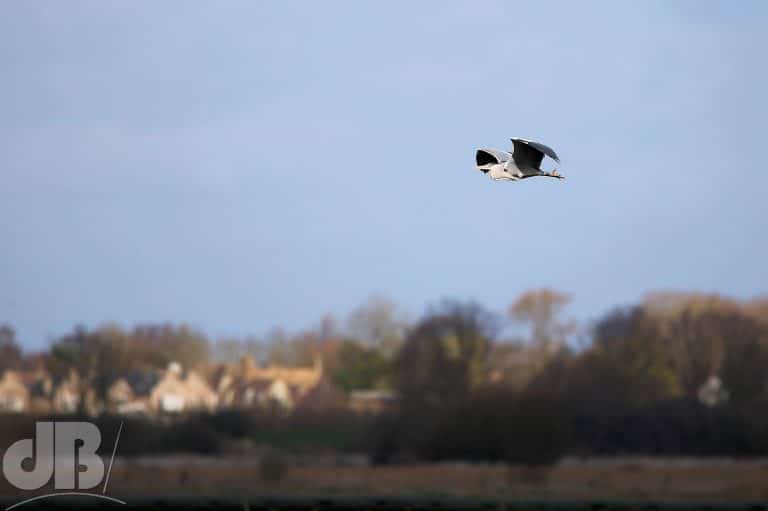

 However, the big feature of the morning though was the five or six Marsh Harriers (Circus aeruginosus) that were doing their aerial courtship dance. The smaller, more patterned males with their darker heads chase the bigger females with their pale heads through the air and with each approach dive down to reed level. It’s a spectacular sight, be interesting to know how many were successful and whether numbers will rise again on this reserve.
However, the big feature of the morning though was the five or six Marsh Harriers (Circus aeruginosus) that were doing their aerial courtship dance. The smaller, more patterned males with their darker heads chase the bigger females with their pale heads through the air and with each approach dive down to reed level. It’s a spectacular sight, be interesting to know how many were successful and whether numbers will rise again on this reserve.
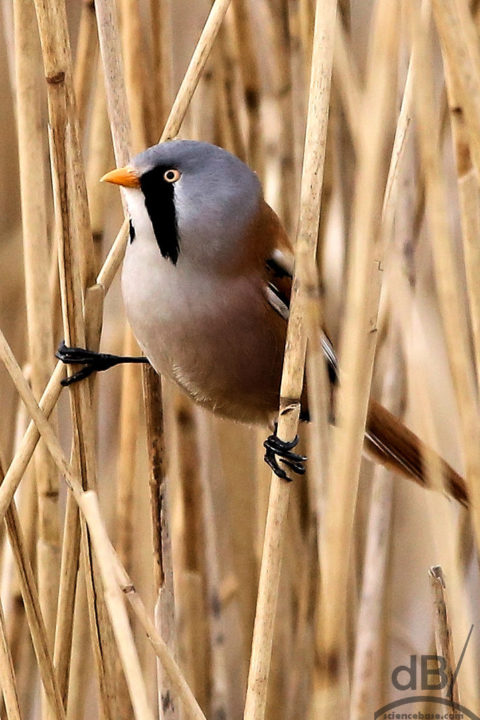
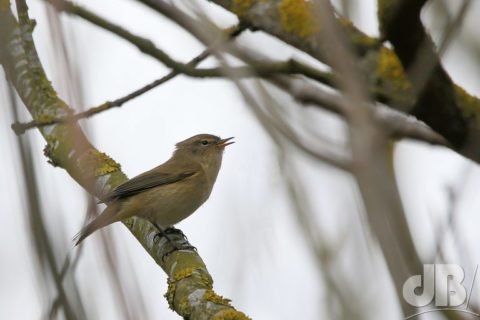
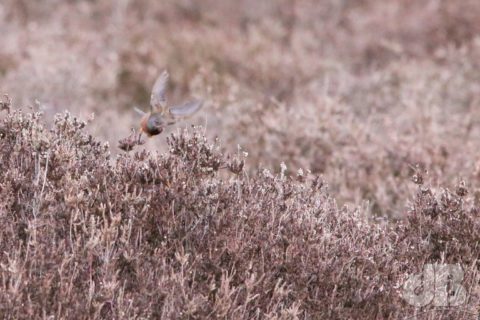
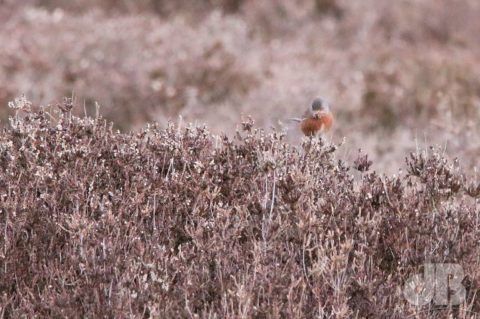
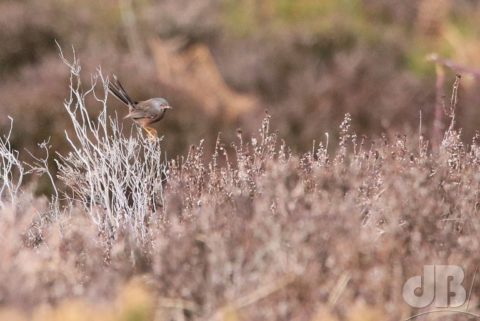
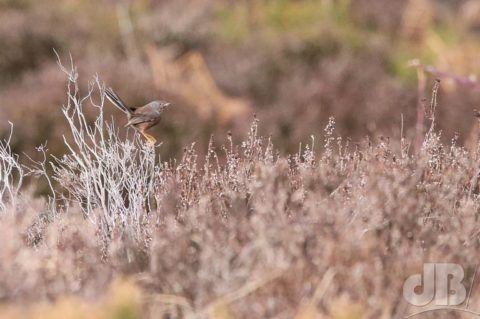
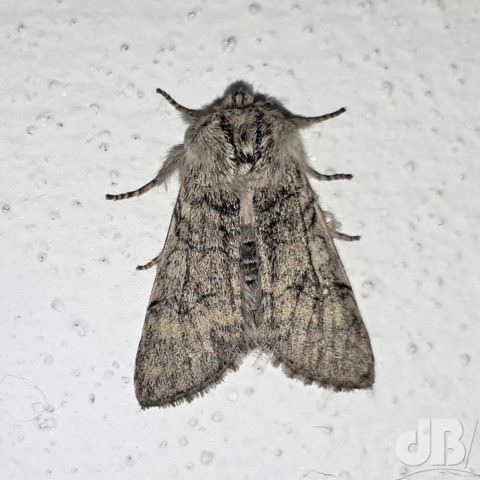





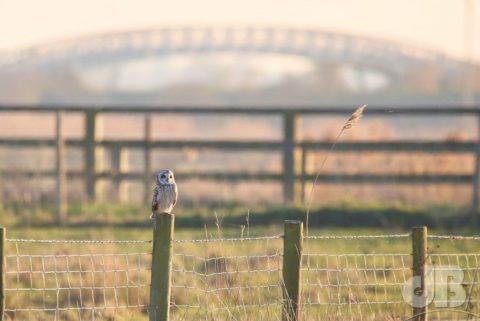



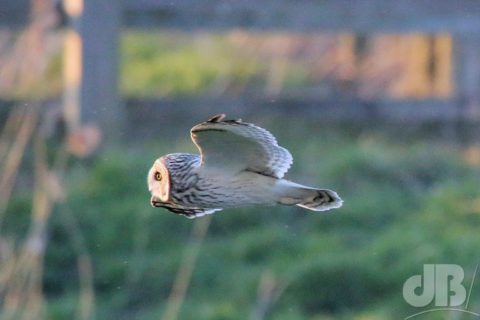


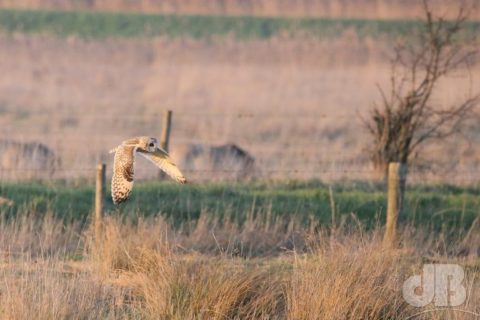 Like I say, there were quite a few people on the Fen watching out for owls and hoping for a great photo.
Like I say, there were quite a few people on the Fen watching out for owls and hoping for a great photo.